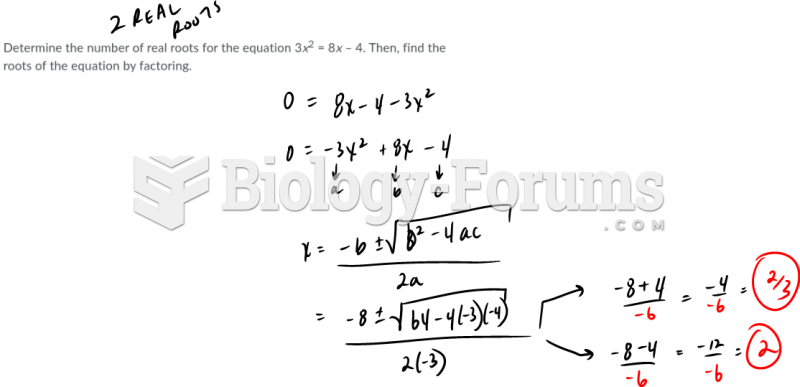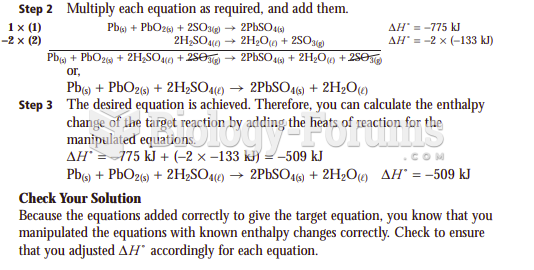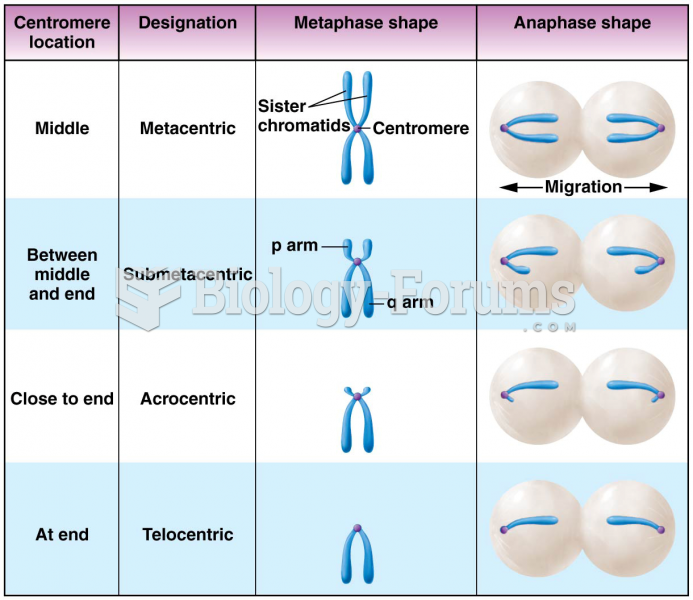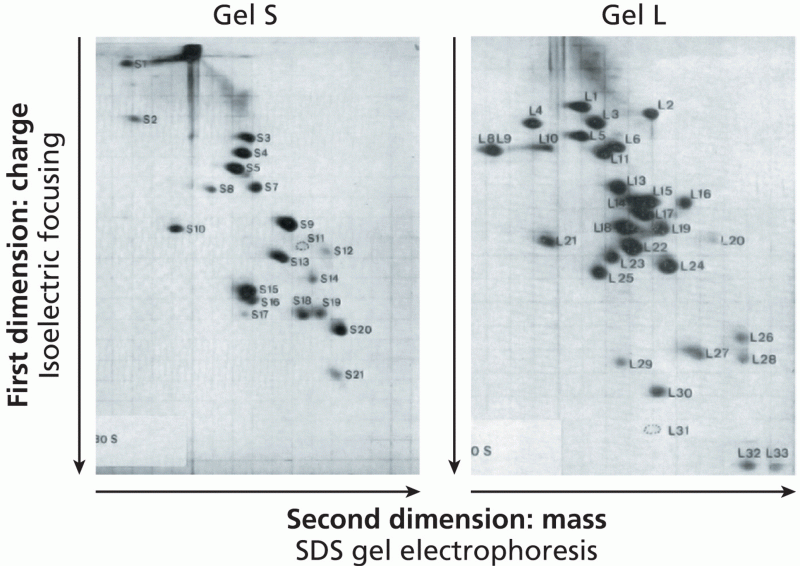Answer to Question 1
This patient is currently intubated on mechanical ventilation due to acute respiratory distress. It can be anticipated that he will be without oral intake for at least 5-7 days. Since this patient has probable sepsis, it is important to start feeding him as soon as he is hemodynamically stable (24-48 hours after admission) in order to modulate the inflammatory response, maintain immune function, reduce skeletal catabolism, and maintain the GI and pulmonary mucosal barrier function.
Even though Mr. McKinley had bariatric surgery four months previously, he had been eating and using his gastrointestinal (GI) tract prior to becoming ill. There is no obvious evidence in the chart that his gut is compromised (beyond the surgical alterations); however, post-pyloric placement of the tube is warranted in patients who are recovering from bariatric surgery forming a pouch in the stomach for improved fluid and nutrient delivery.
This is a situation where practice may differ from the evidence-based literature. Placement of the tube will most likely be difficult as placement confirmation may be difficult due to his body habitus. Endoscopy-assisted placement is most likely warranted so that alterations due to surgery and his morbid obesity can be observed. In some institutions where this is not available, parenteral nutrition may be the only option.
Pros/cons of PN vs. EN:
PN can be administered when EN is contraindicated
PN may be easier to provide and maintain nutritional status (no need to stop for medications or GI intolerance)
PN is more likely to cause issues with hypertriglyceridemi a/hyperglycemia
PN may exacerbate infectious complications
EN is less expensive
EN will provide nutriture to the GI tract mucosa (supporting immune system/GI function/prevent atrophy)
EN is more physiological and prepares the patient for transition to oral intake
Pros/cons of early EN:
Maintain GI structure/function
Prevent bacterial translocation
Prevent/attenuate catabolism
Prophylaxis for stress ulcers
May cause hypercapnia, hyperglycemia, azotemia
Potential refeeding syndrome
GI intolerances (e.g. aspiration, diarrhea)
May worsen inflammation by providing precursors to inflammatory molecules
Full EN vs. Trophic EN:
Trophic may provide stimulation for maintenance of GI structure/function
Trophic has fewer issues associated with hyperglycemia and overfeeding
Trophic will not meet nutritional needs
Full EN can meet nutritional needs
Provides better nutriture to maintain immune function/muscle strength and prevent catabolism
Answer to Question 2
A partial colectomy procedure consists of the surgical removal of part of the large intestine from the abdomen. In this case, a colostomy was placed. This means a stoma was created and the end of the intestine is brought through the abdominal wall.
This changes the function of the gastrointestinal tract as the colon plays a large role in water and electrolyte reabsorption. Additionally, bacteria in the colon provide fermentation and the provision short chain fatty acids. Removing part of the large intestines will lower the amount of reabsorbed water, resulting in more watery or fluid stools.







